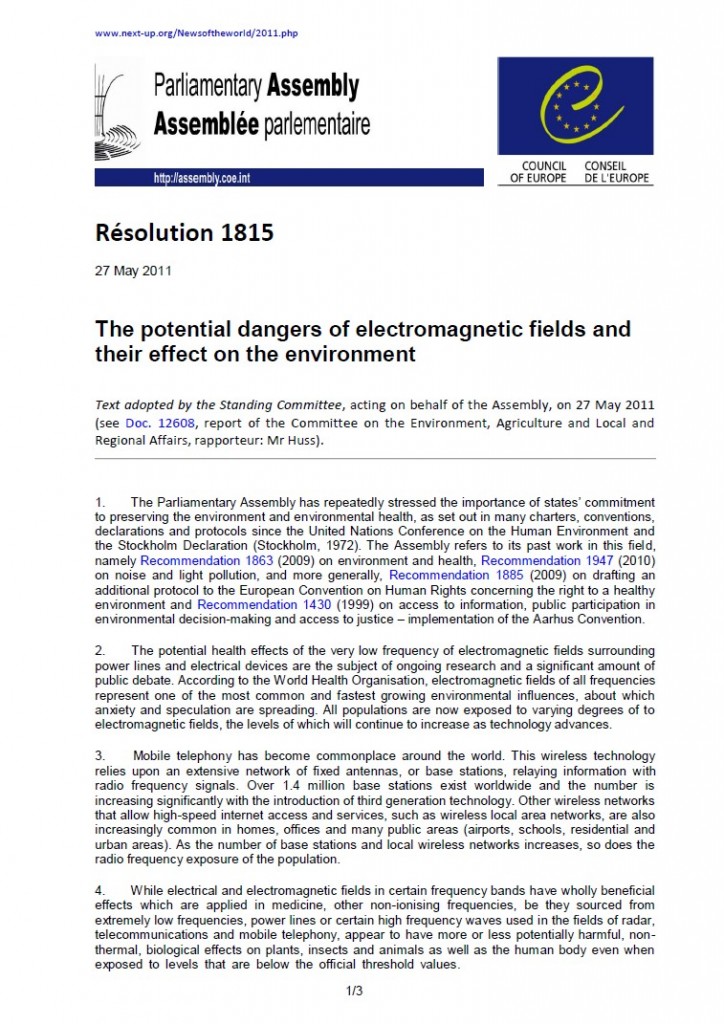Portada del sitio > Documentos > The NTP studies found that high exposure to RFR used by cell phones was (...)

The NTP studies found that high exposure to RFR used by cell phones was associated with: Clear evidence of tumors in the hearts of male rats. The tumors were malignant schwannomas.
Viernes 2 de noviembre de 2018 · 9848 lecturas
Cell Phone Radio Frequency Radiation
Final reports from the rat and mouse studies, plus the press release and fact sheet, are now available.
Cell phone
Research Overview
Status: Completed
Substances: Cell Phone Radiation: GSM, Cell Phone Radiation: CDMA
Nominated: May 1999
BACKGROUND INFORMATION
Cell phones are currently used by 95% of American adults. The U.S. Food and Drug Administration (FDA) nominated radio frequency radiation (RFR) used by cell phones for an NTP study because of widespread public use of cell phones and limited knowledge about potential health effects from long-term exposure.
BACK TO TOP
NTP STUDIES & FINDINGS
NTP conducted toxicology studies in rats and mice to help clarify potential health hazards, including cancer risk, from exposure to RFR like that used in 2G and 3G cell phones.
What did the studies find?
The NTP studies found that high exposure to RFR used by cell phones was associated with:
Clear evidence of tumors in the hearts of male rats. The tumors were malignant schwannomas.
Some evidence of tumors in the brains of male rats. The tumors were malignant gliomas.
Some evidence of tumors in the adrenal glands of male rats. The tumors were benign, malignant, or complex combined pheochromocytoma.
For female rats, and male and female mice, it was unclear if tumors observed in the studies were associated with RFR used by cell phones. This is also known as equivocal evidence.
The final conclusions represent the consensus between NTP and a panel of external scientific experts who thoroughly reviewed the draft NTP technical reports at a public meeting in March 2018.
The results are based on NTP’s four categories of evidence that a substance may cause cancer: clear evidence (highest), some evidence, equivocal evidence, no evidence (lowest).
Ver los resultados oficiales:
https://ntp.niehs.nih.gov/results/areas/cellphones/#top







